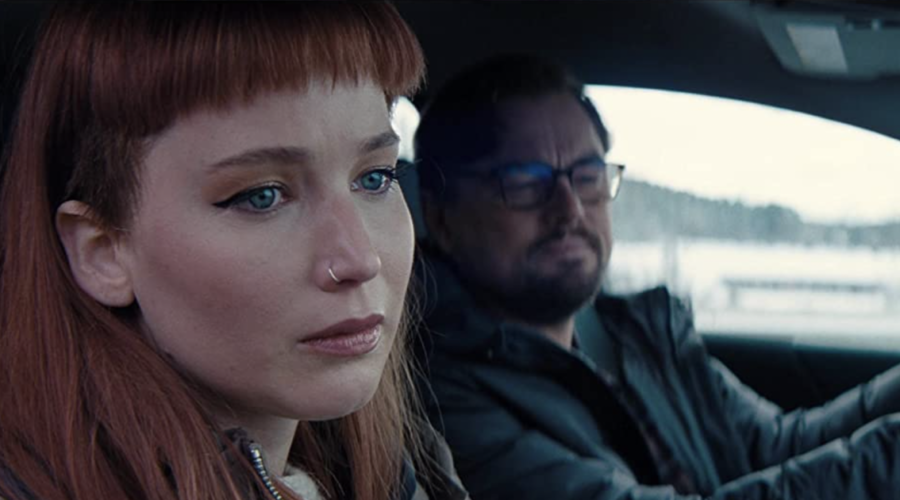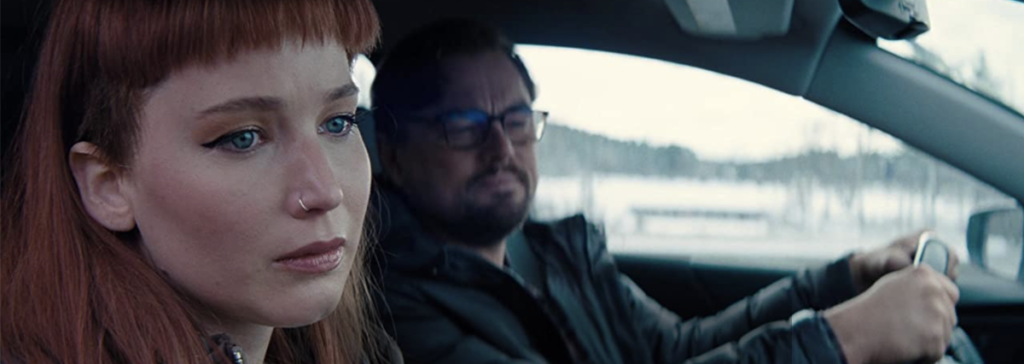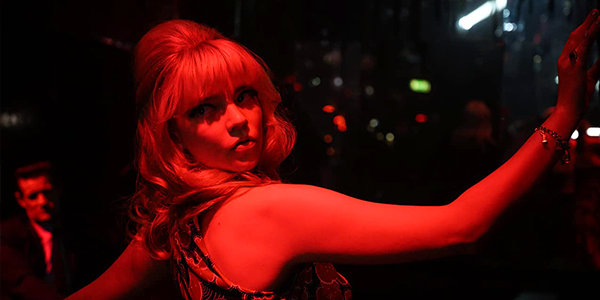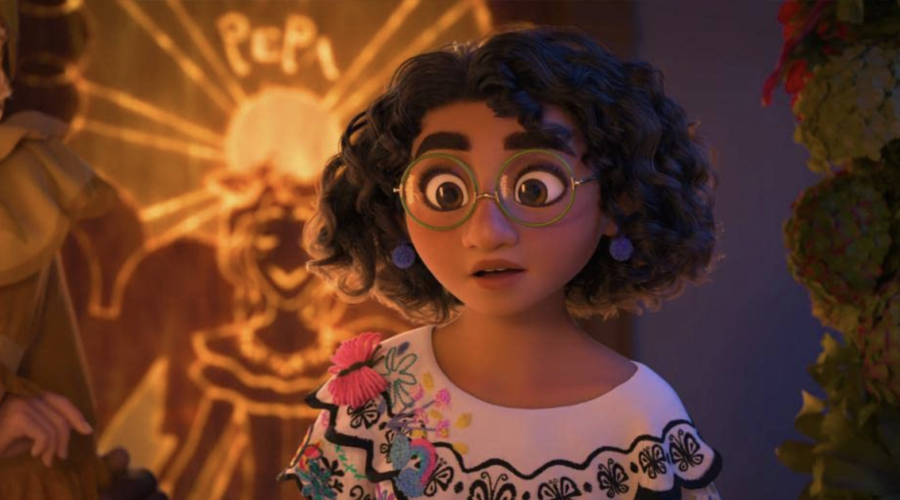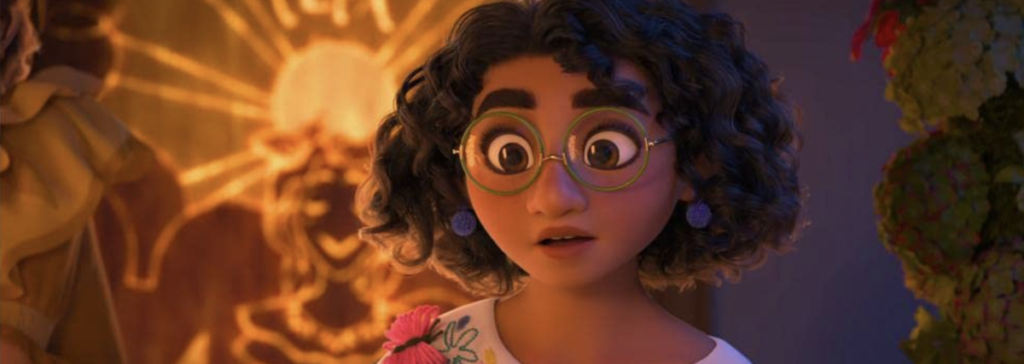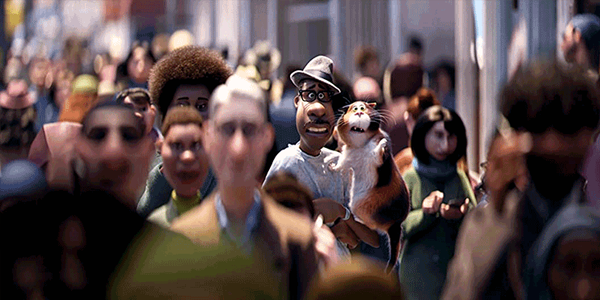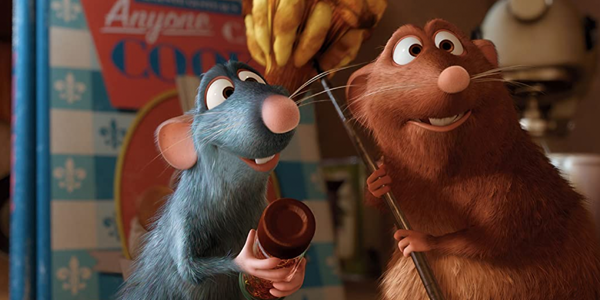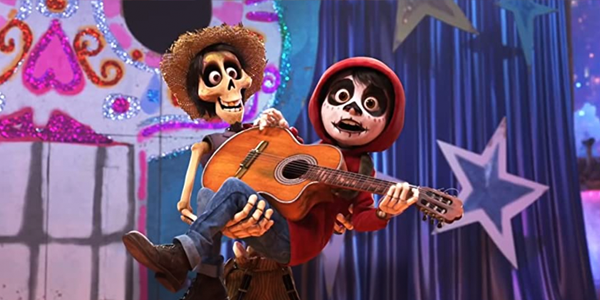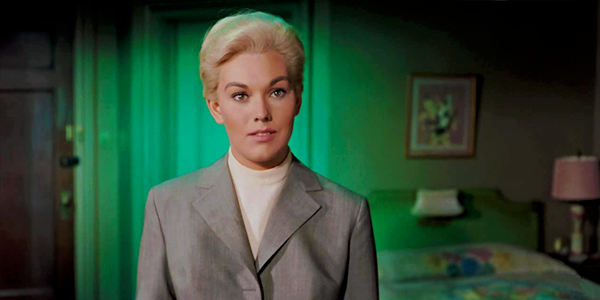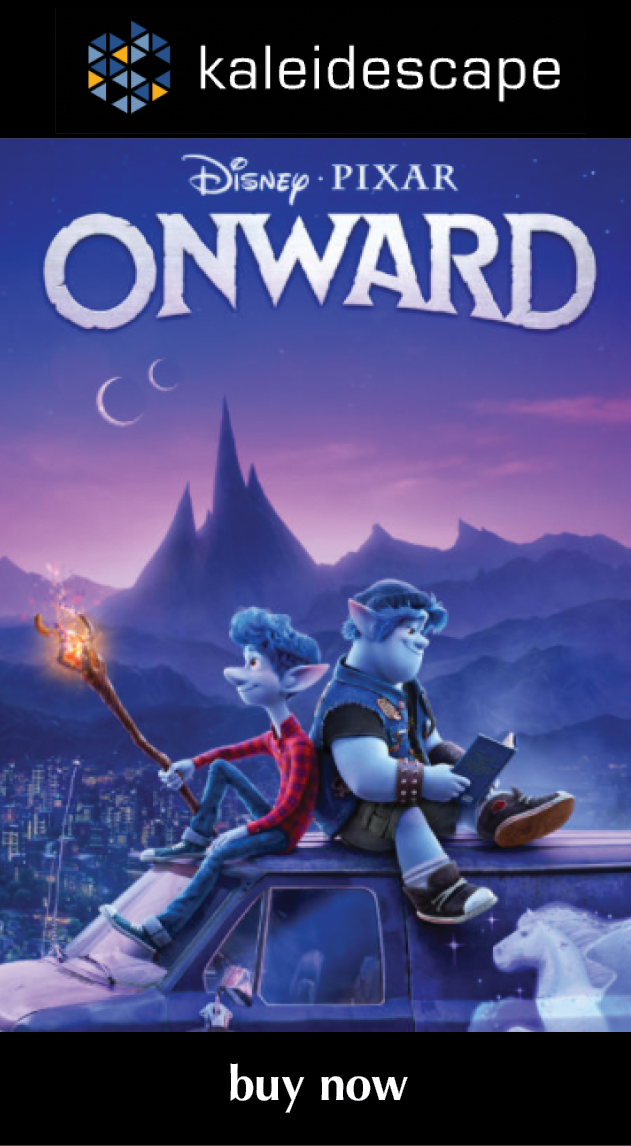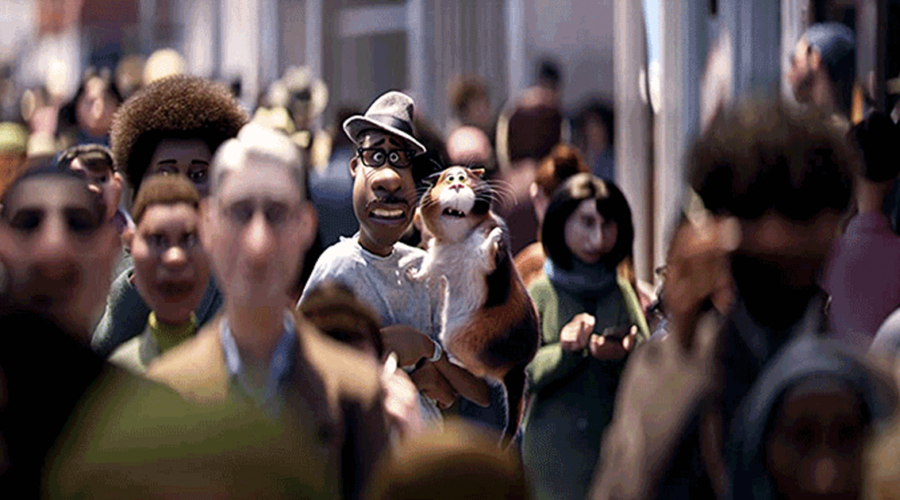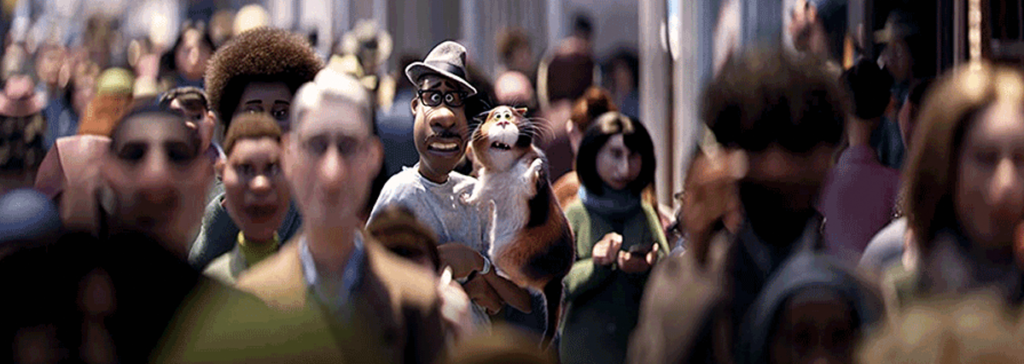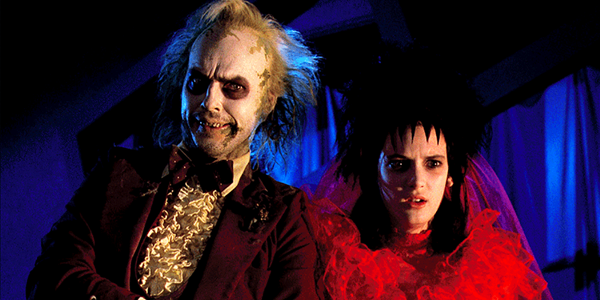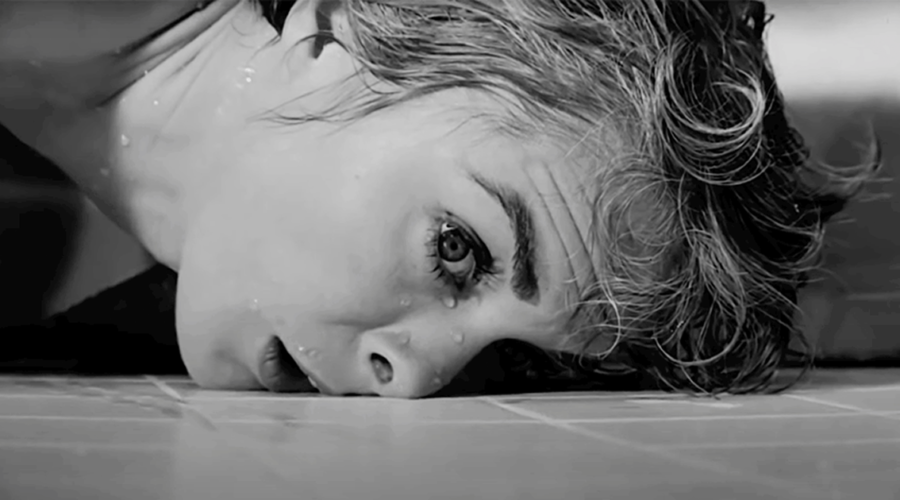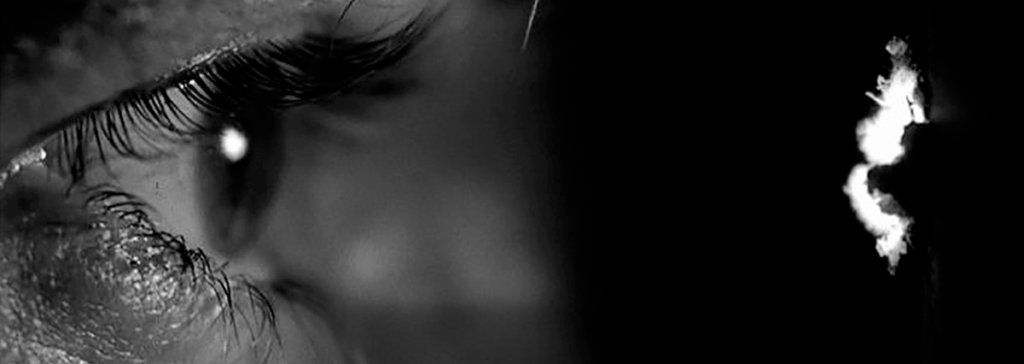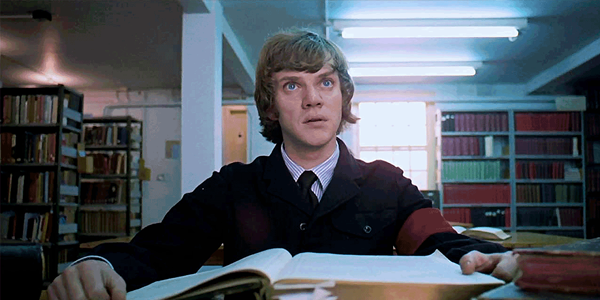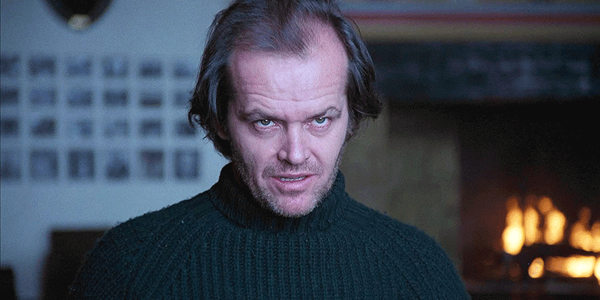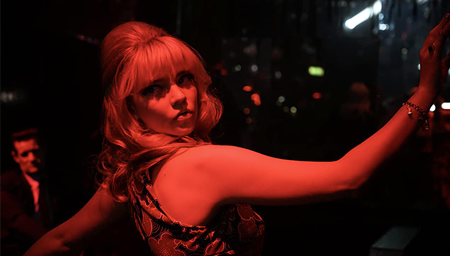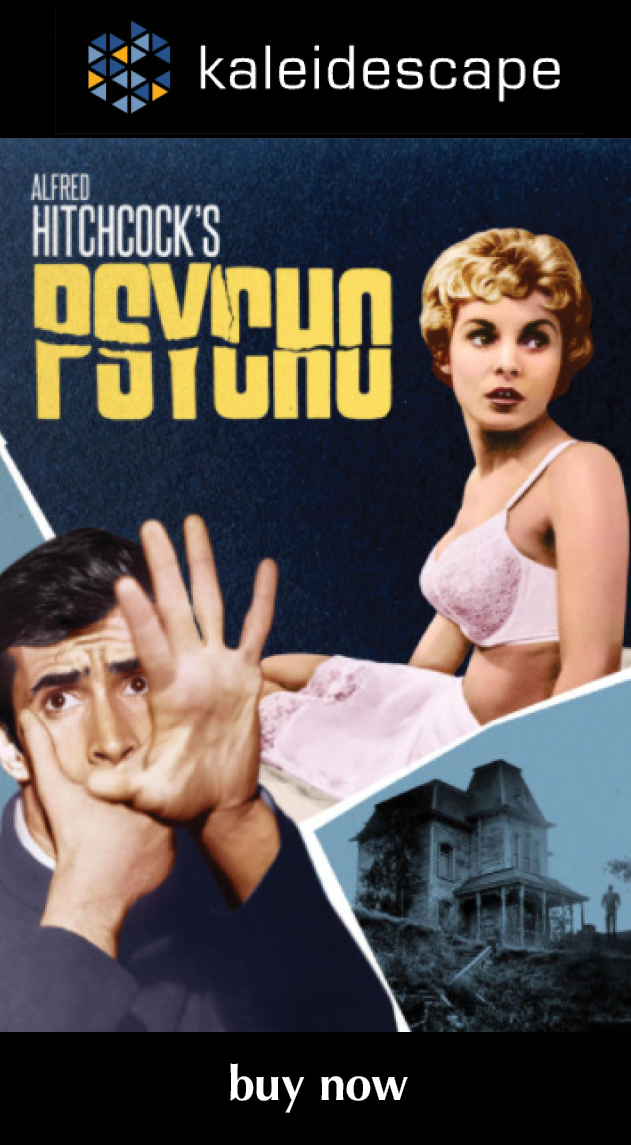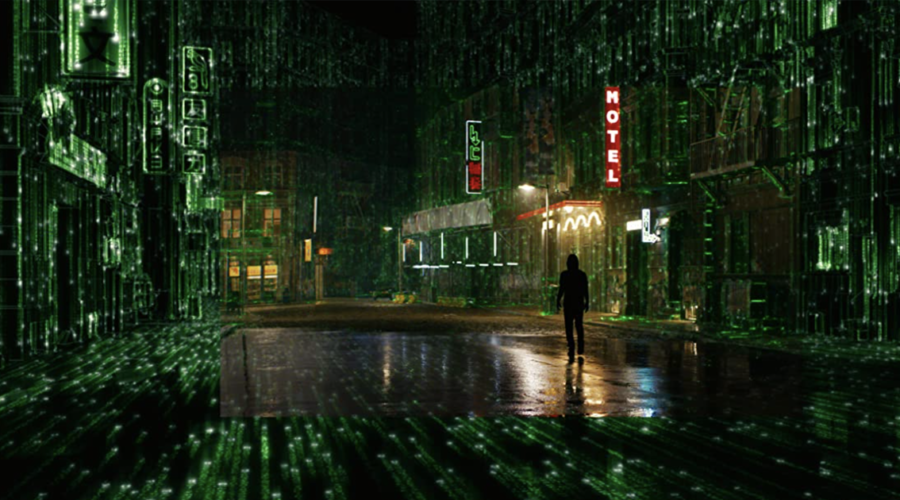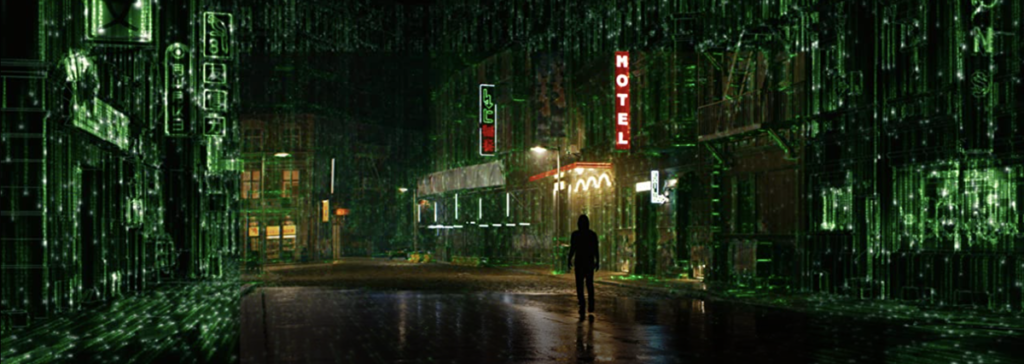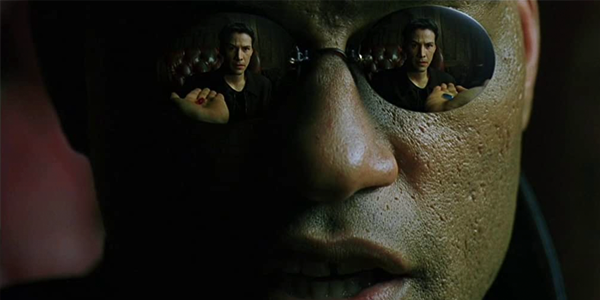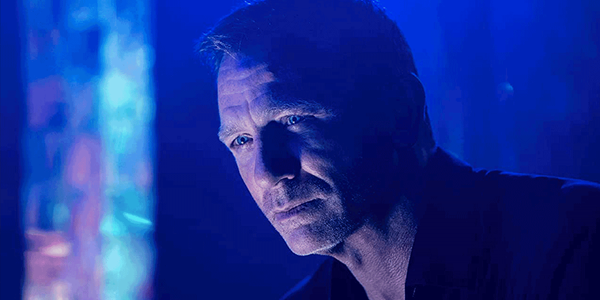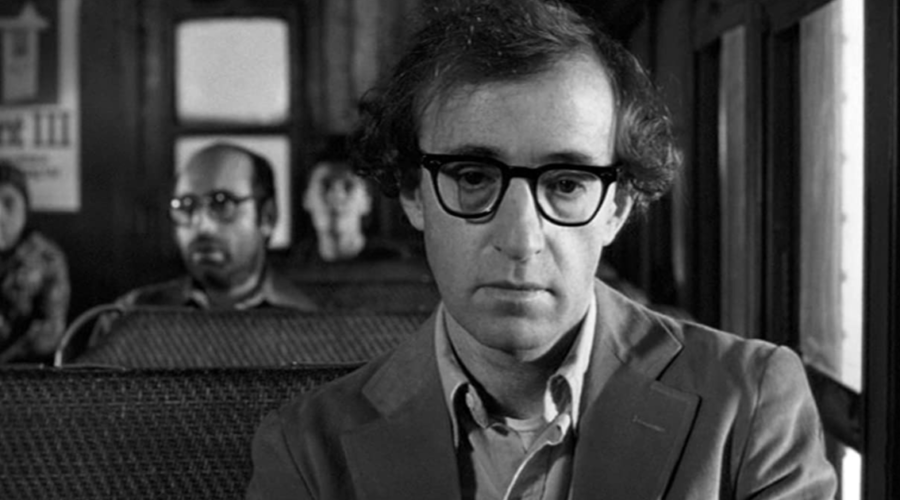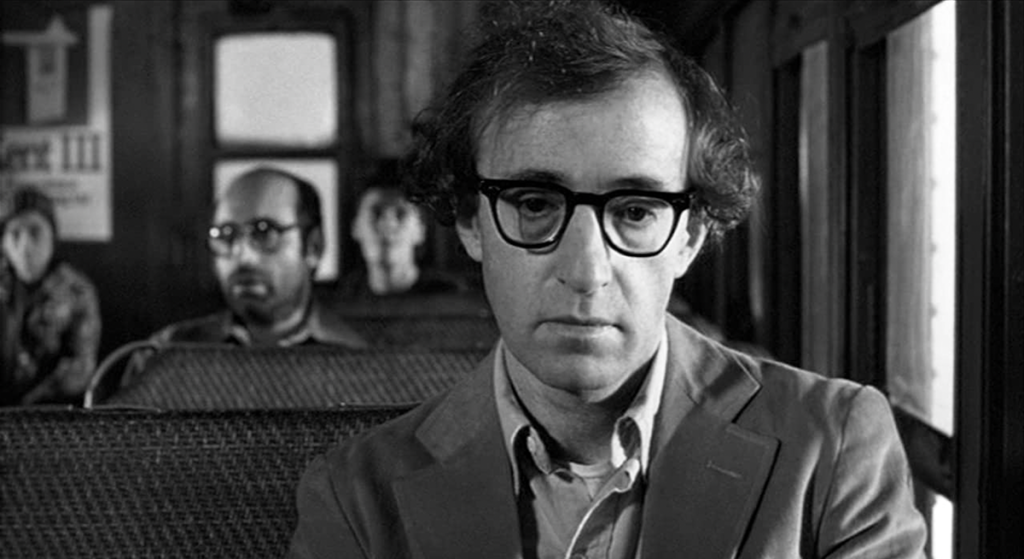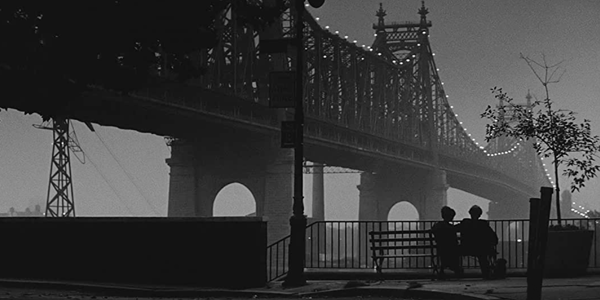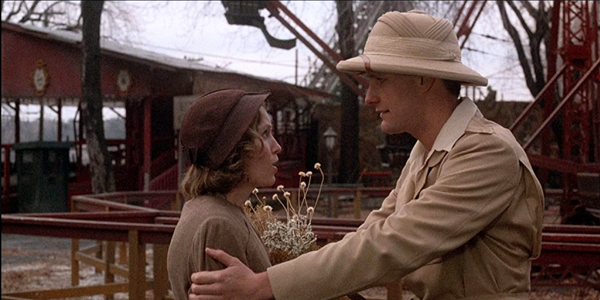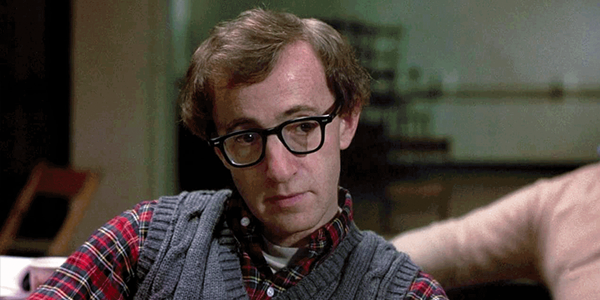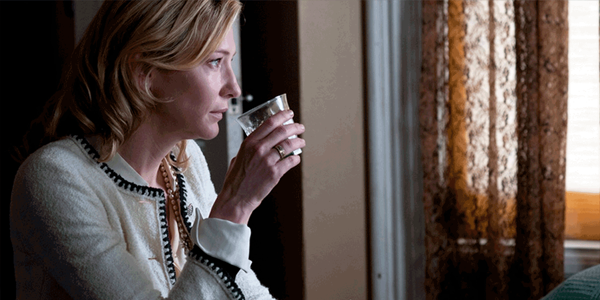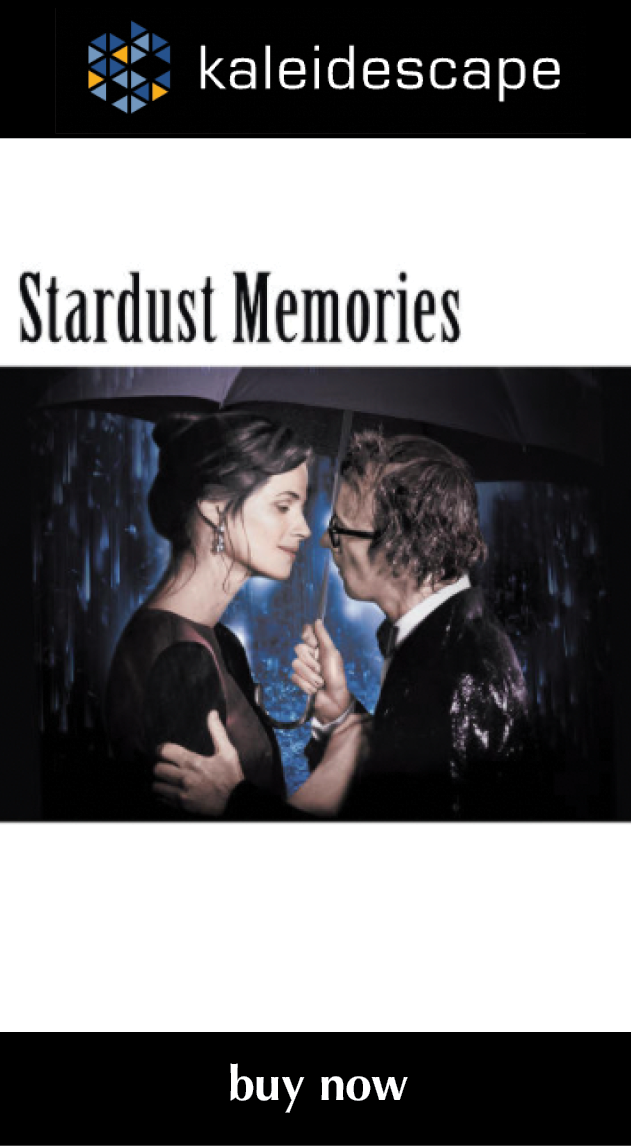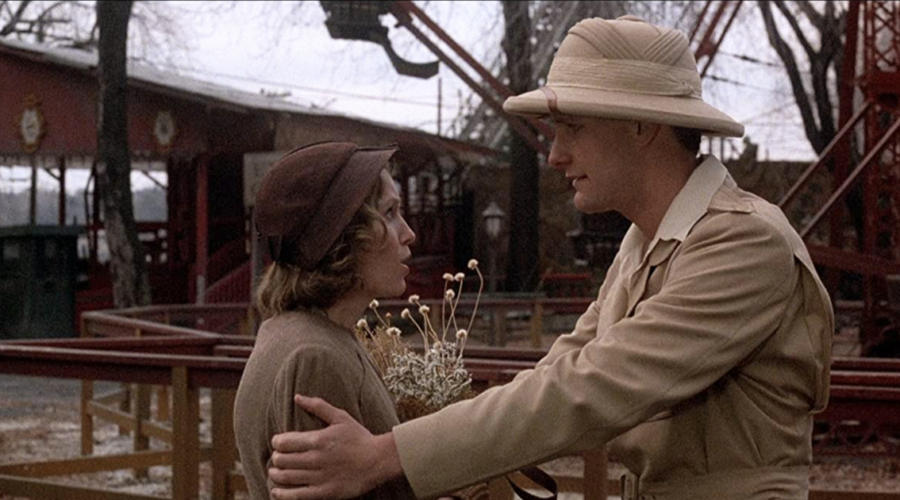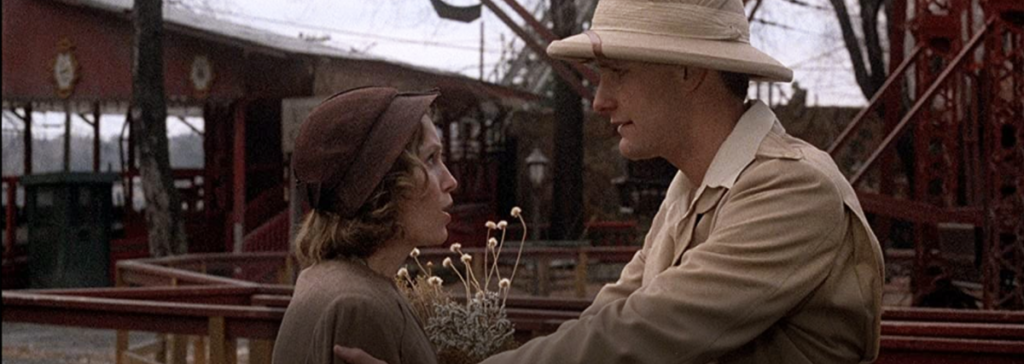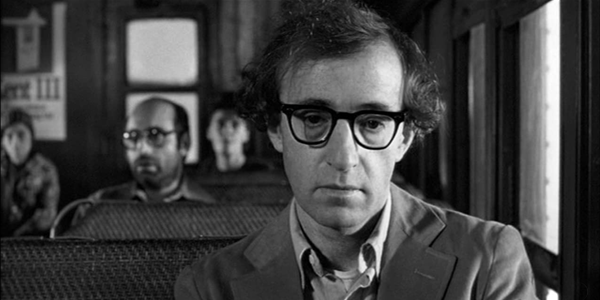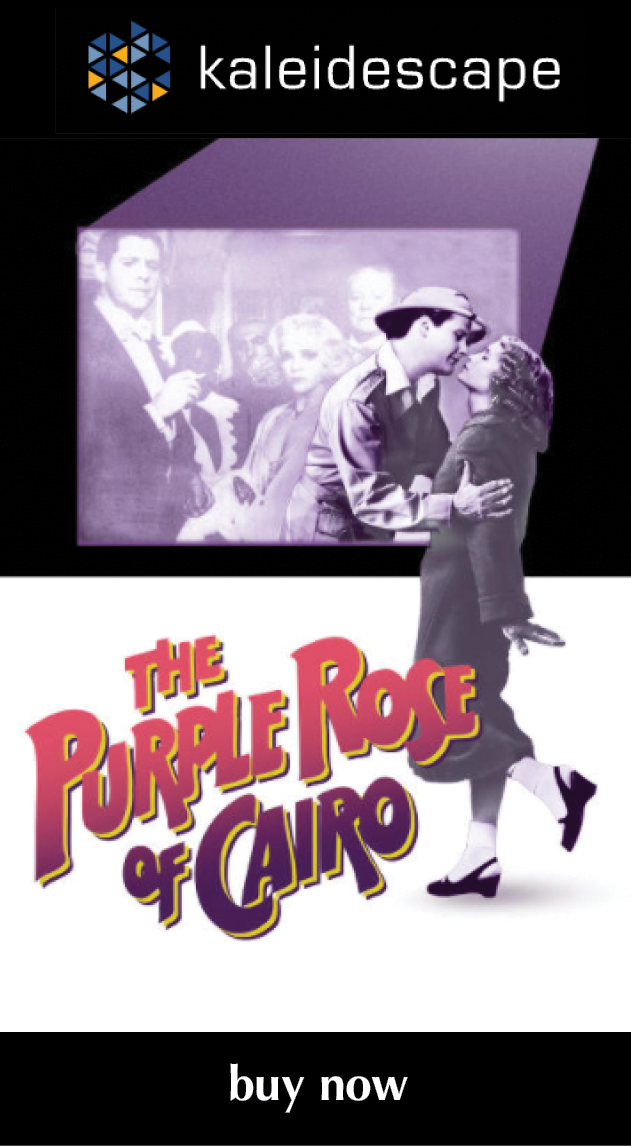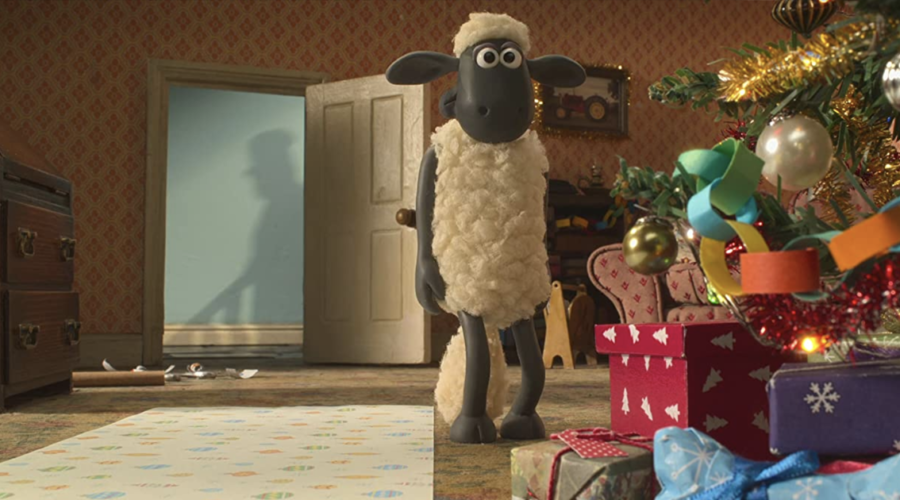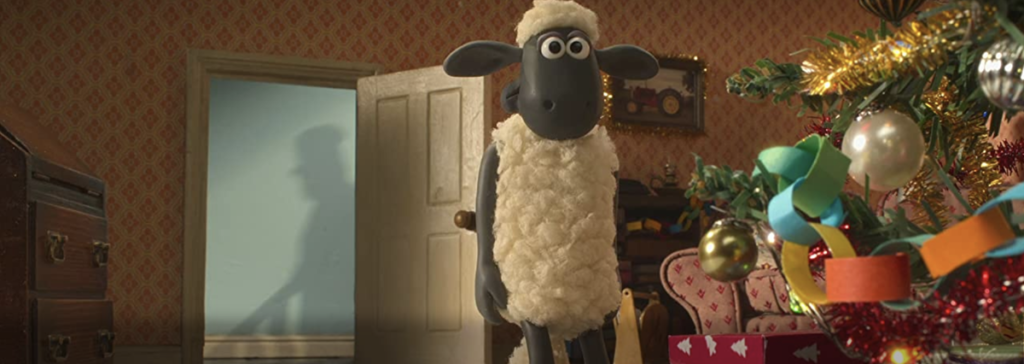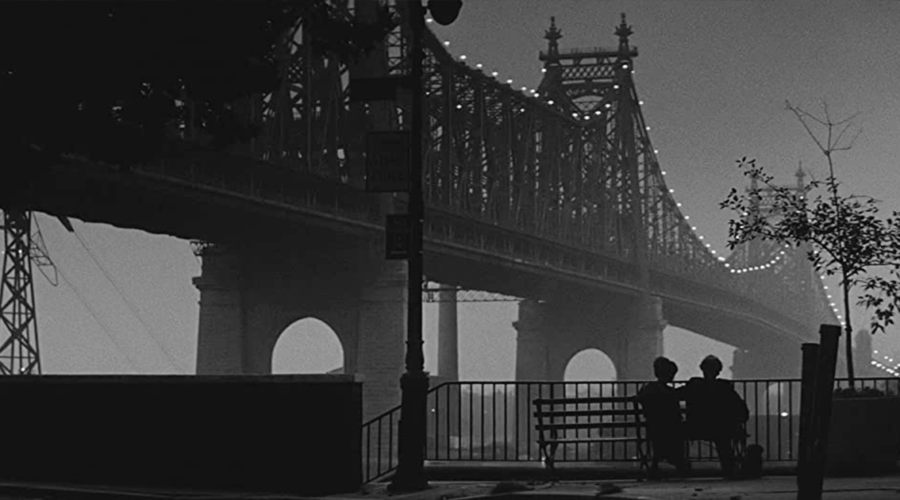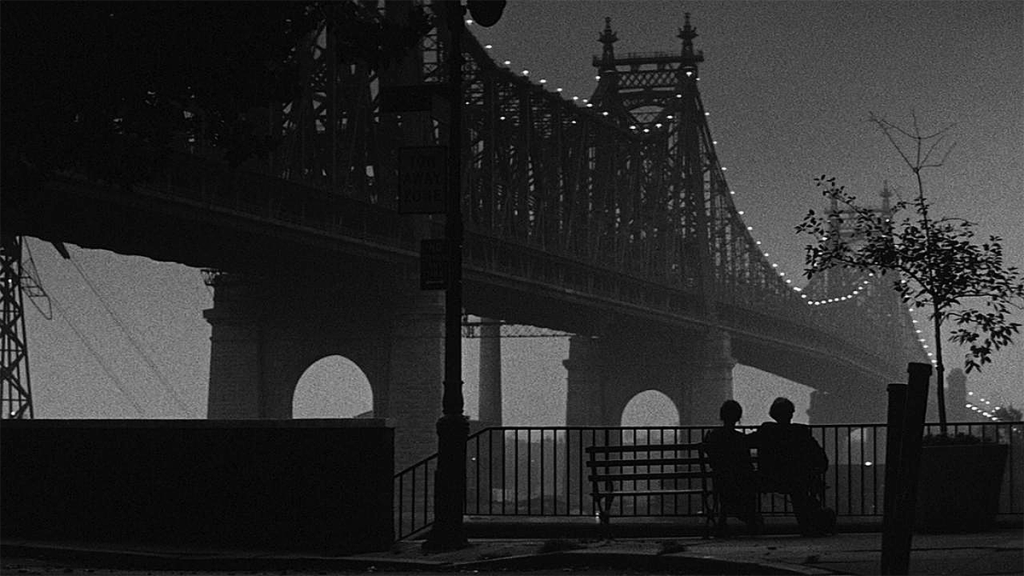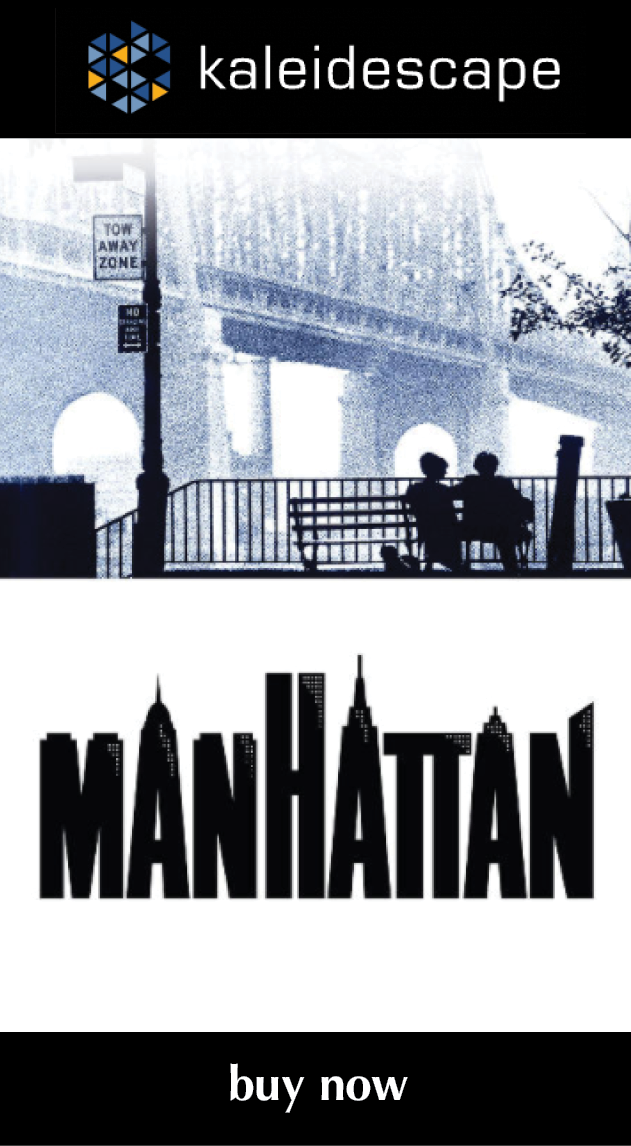Review: Don’t Look Up
recent reviews
Sign up for our monthly newsletter
to stay up to date on Cineluxe
This Adam McKay end-of-the-world black comedy comes up short but features standout performances from Leonardo DiCaprio and Jennifer Lawrence
by Dennis Burger
December 28, 2021
Perhaps the most intriguing thing about Adam McKay’s new apocalyptic black comedy/satire is that it legitimately cuts straight to the heart of why our political systems, news media, and culture are so dysfunctional. Maybe that shouldn’t be surprising, given that McKay did the same for our financial systems with The Big Short, but it still stupefies me when anyone in Hollywood turns in a legitimate critique of our power structures and institutions without devolving into “our team good/their team bad” rhetoric.
As such, Don’t Look Up will probably either infuriate or disgust anyone with super strong partisan leanings because in creating a hypothetical disaster scenario—newly discovered comet is plummeting toward earth and will result in an extinction-level event in six months—and imagining how our leaders and news media and indeed we ourselves would react, McKay doesn’t lay the blame of the hilariously awful response at the feet of one political party or media outlet. Indeed, one of the film’s neatest tricks is that it frames our political maladies as a wholly bipartisan issue without resorting to both-sides whataboutism.
Much of that has to do with the fact that the story was co-developed with David Sirota, one of the most prescient and poignant—not to mention reviled—political commentators and journalists working today. You can see Sirota’s fingerprints on a lot of the story beats, from the way President Orlean (Meryl Streep) reacts to the news of impending doom by speculating about how it will affect the midterms to the rank superficiality of the media’s response (embodied brilliantly by Cate Blanchett and Tyler Perry).
The film is also bolstered by pitch-perfect performances from Leonardo DiCaprio and Jennifer Lawrence, the astronomers who discover the comet and attempt to warn the world. Both are so believable as real human beings that it’s sometimes easy to forget all of their previous roles.
For everything it has going for it, though—and all of the above just scratches the surface of the genius of the script and many of the performances—Don’t Look Up is unfortunately hobbled by some major structural problems that keep it from being anywhere near as impactful as it could have been.
Its biggest sin is egregiously overstaying its welcome at 2 hours and 18 minutes. There’s a really tight and biting 90-minute black comedy to be found somewhere within the raw materials scripted and shot for the film, and McKay simply couldn’t find it. You can feel him trying his hardest, but the editing is a mess. If you have anything resembling an editor’s bent, there’ll be times when you find yourself yelling at the screen, “Why was this scene necessary?” and other times when you can feel the absence of essential connective tissue, resulting in blatant plot holes and non sequiturs.
For all the brilliant performances, there are also roles that feel woefully miscast. Hard as it is for me to type these words, Meryl Streep just has no clue what movie she’s in. And the ever-brilliant Mark Rylance—who plays this film’s eccentric Silicon Valley billionaire—is uncharacteristically bad, which I’m choosing to blame on McKay’s direction, not Rylance’s instincts.
Make no mistake about it: There’s more about Don’t Look Up that works than doesn’t. Stack up a list of pluses and minuses and the former would dwarf the latter. But given that its flubs are rooted in the fundamentals of filmmaking, it can be a frustrating to watch, no matter how worthy of your time it may be.
Maybe you can take solace in the fact that it’s a beautiful film to behold, but perhaps not in the ways you might expect. Don’t Look Up was originally intended as a Paramount theatrical release but eventually ended up as a Netflix exclusive. It was shot on 35mm—with a mix of flat and anamorphic lenses—and finished in a 4K digital intermediate before, as best I can figure, being printed back out to a 35mm negative.
As such, it has a wonderfully organic look, with plenty of light grain and that gorgeous analog halation that’s still nearly impossible to recreate in the digital domain without significant processing. The color palette is also delicious, and Netflix’ Dolby Vision presentation captures all of the above beautifully, with only a few brief instances of moiré indicating that the encode might have benefited from a handful of momentary bursts of higher bitrate of the sort you normally see on Disney+ and Apple TV+.
The Dolby Atmos soundtrack, meanwhile, is nice and dynamic but rarely too aggressive. The most important thing is that dialogue is rendered with tip-top intelligibility, but when there’s the rare need for some more adventurous mixing, the soundtrack rises to the occasion.
I’m glad we don’t do star ratings or thumbs-up/thumbs-down assessments at Cineluxe because I would be crippled with analysis paralysis in attempting to encapsulate the merits and demerits of Don’t Look Up. It’s simultaneously one of the year’s best films and one of its worst. It’s as fascinating as it is frustrating. It tries to be Network, Dr. Strangelove, and Veep all at the same time but more often than not, those allusions simply serve to remind you it’s not quite as good as the works that inspired it.
Seriously, though, watch it for DiCaprio’s and Lawrence’s performances, if nothing else.
Dennis Burger is an avid Star Wars scholar, Tolkien fanatic, and Corvette enthusiast who somehow also manages to find time for technological passions including high-end audio, home automation, and video gaming. He lives in the armpit of Alabama with his wife Bethany and their four-legged child Bruno, a 75-pound American Staffordshire Terrier who thinks he’s a Pomeranian.
PICTURE | The film has a wonderfully organic look, with plenty of light grain and that gorgeous analog halation that’s still nearly impossible to recreate in the digital domain without significant processing.
SOUND | The Atmos soundtrack is nice and dynamic but rarely too aggressive, with the dialogue rendered with tip-top intelligibility.
© 2023 Cineluxe LLC
